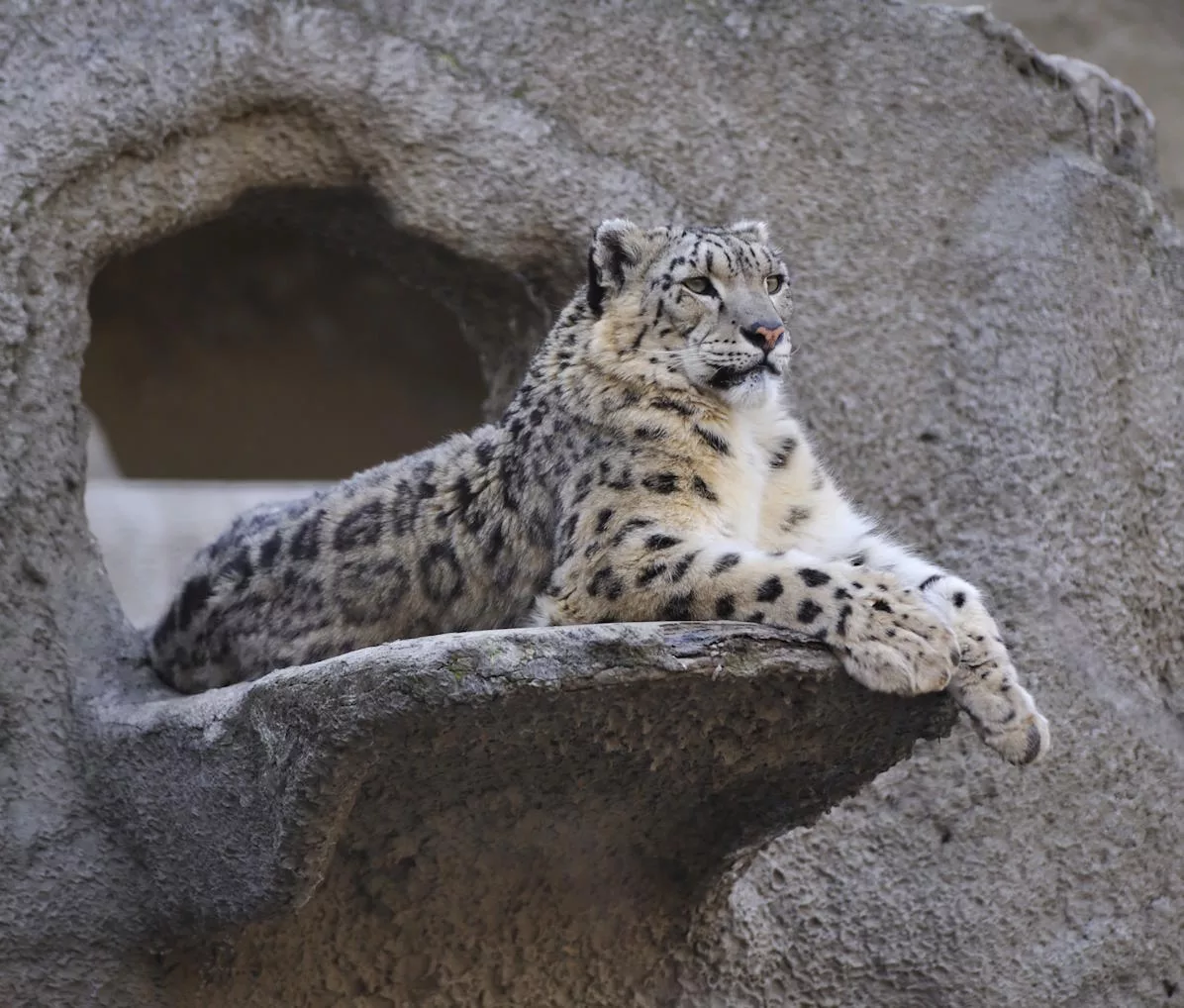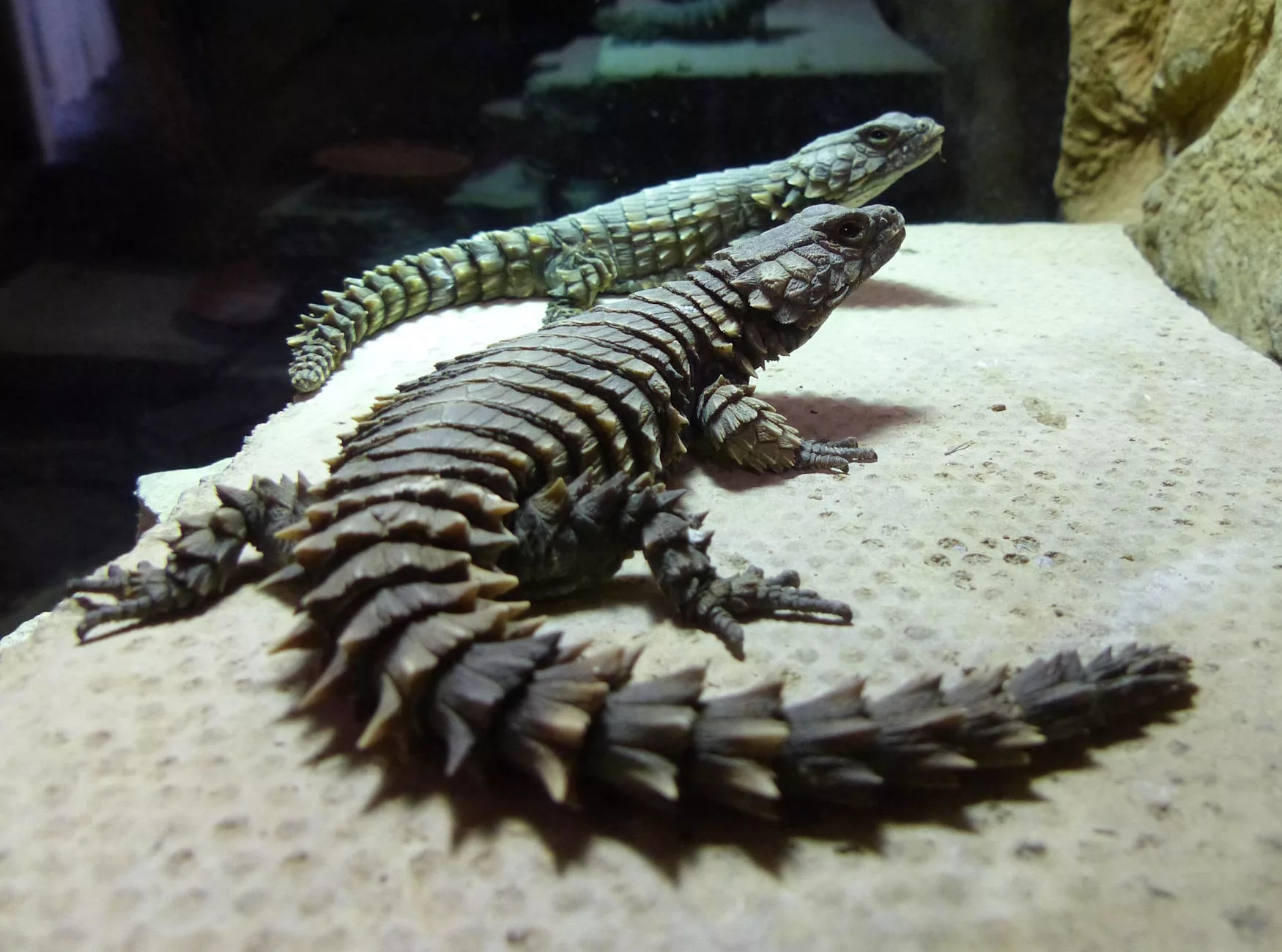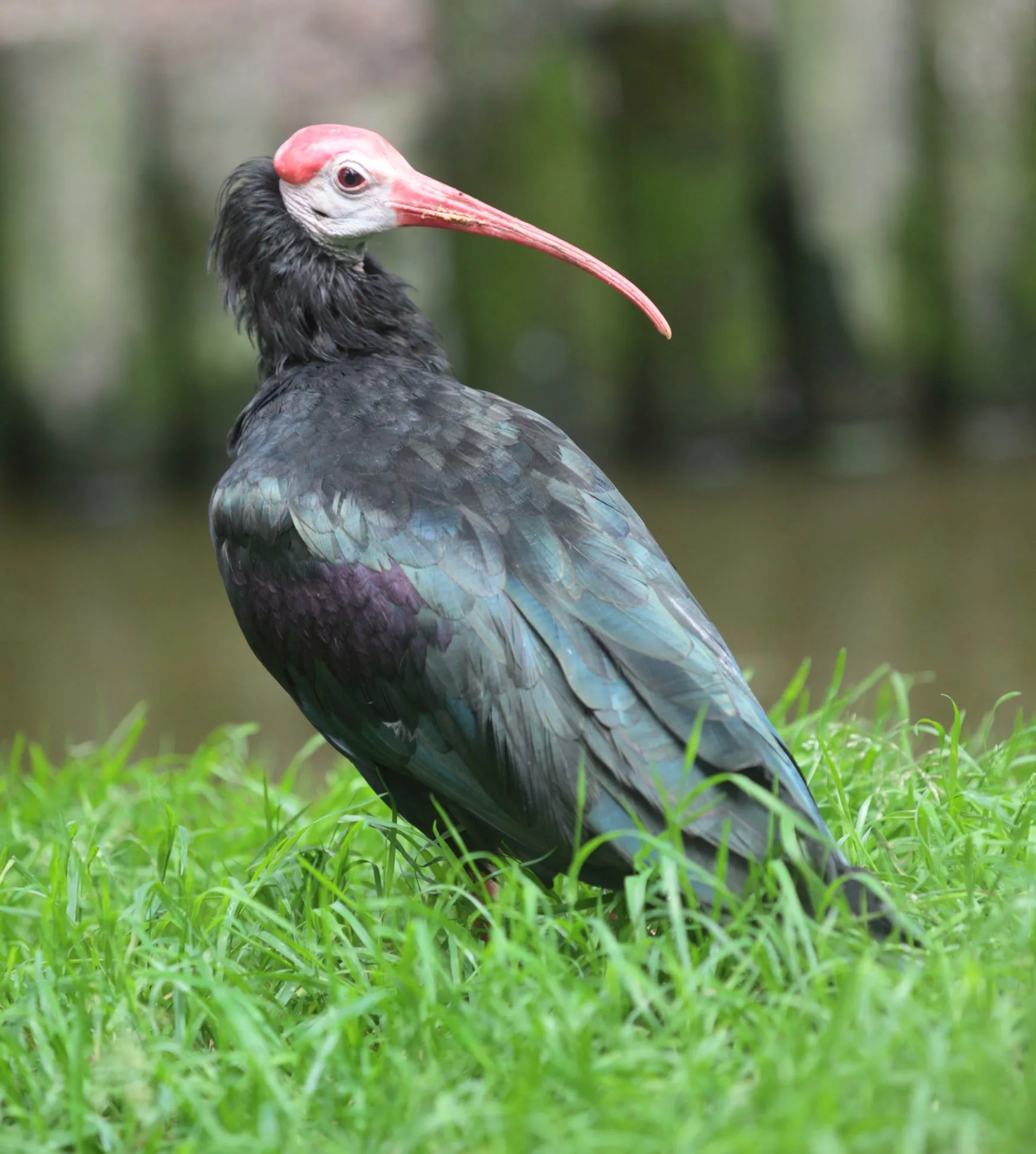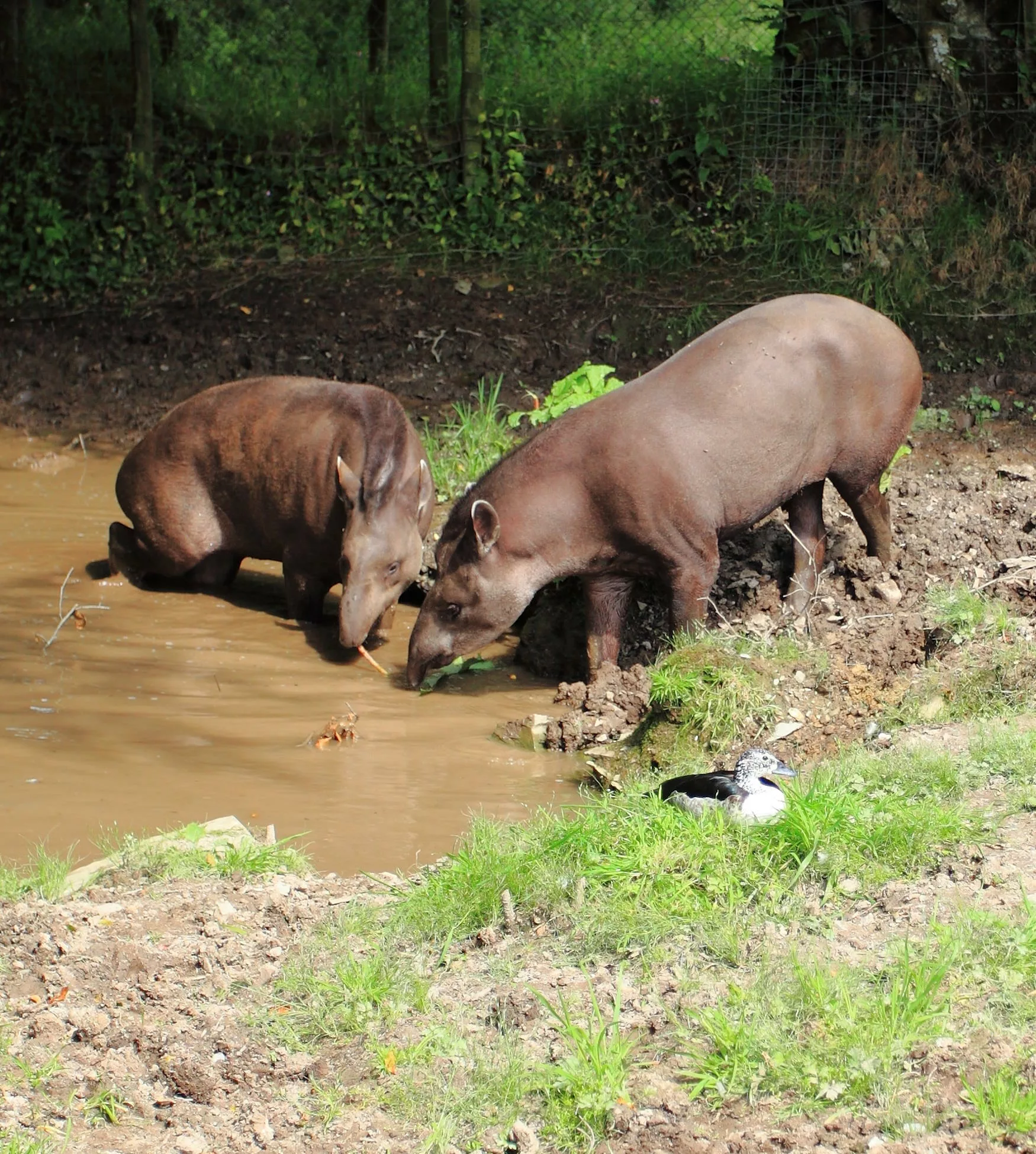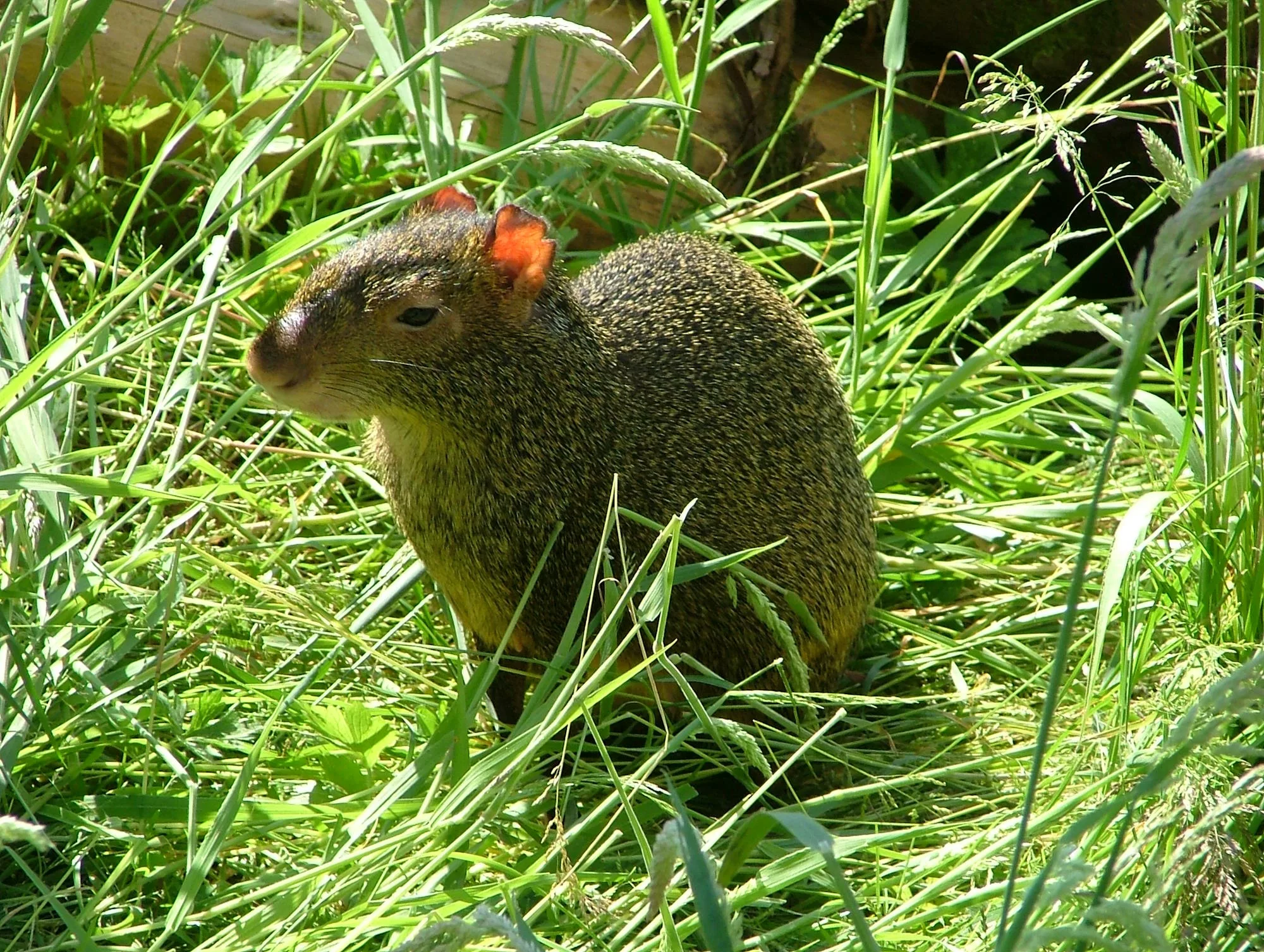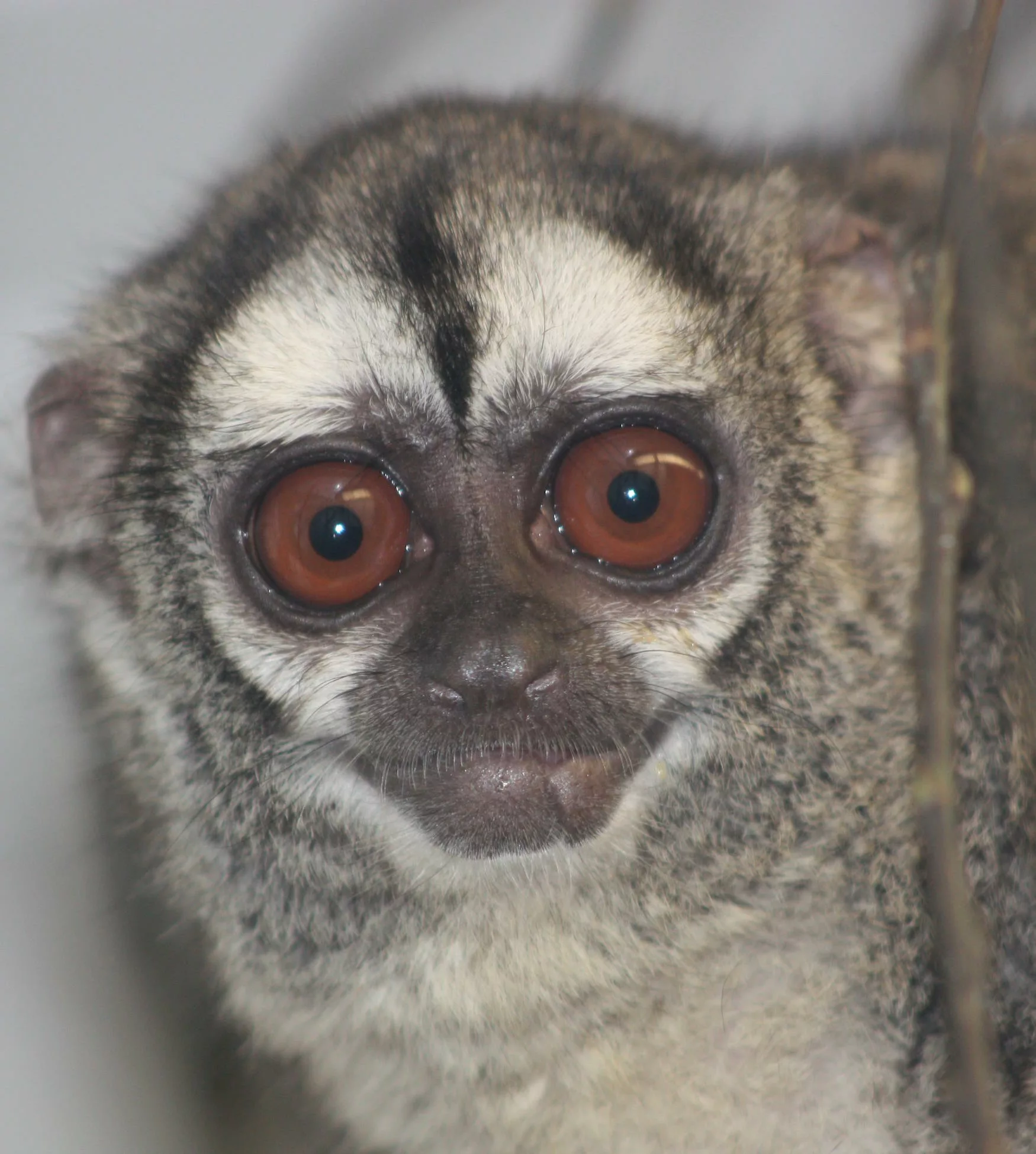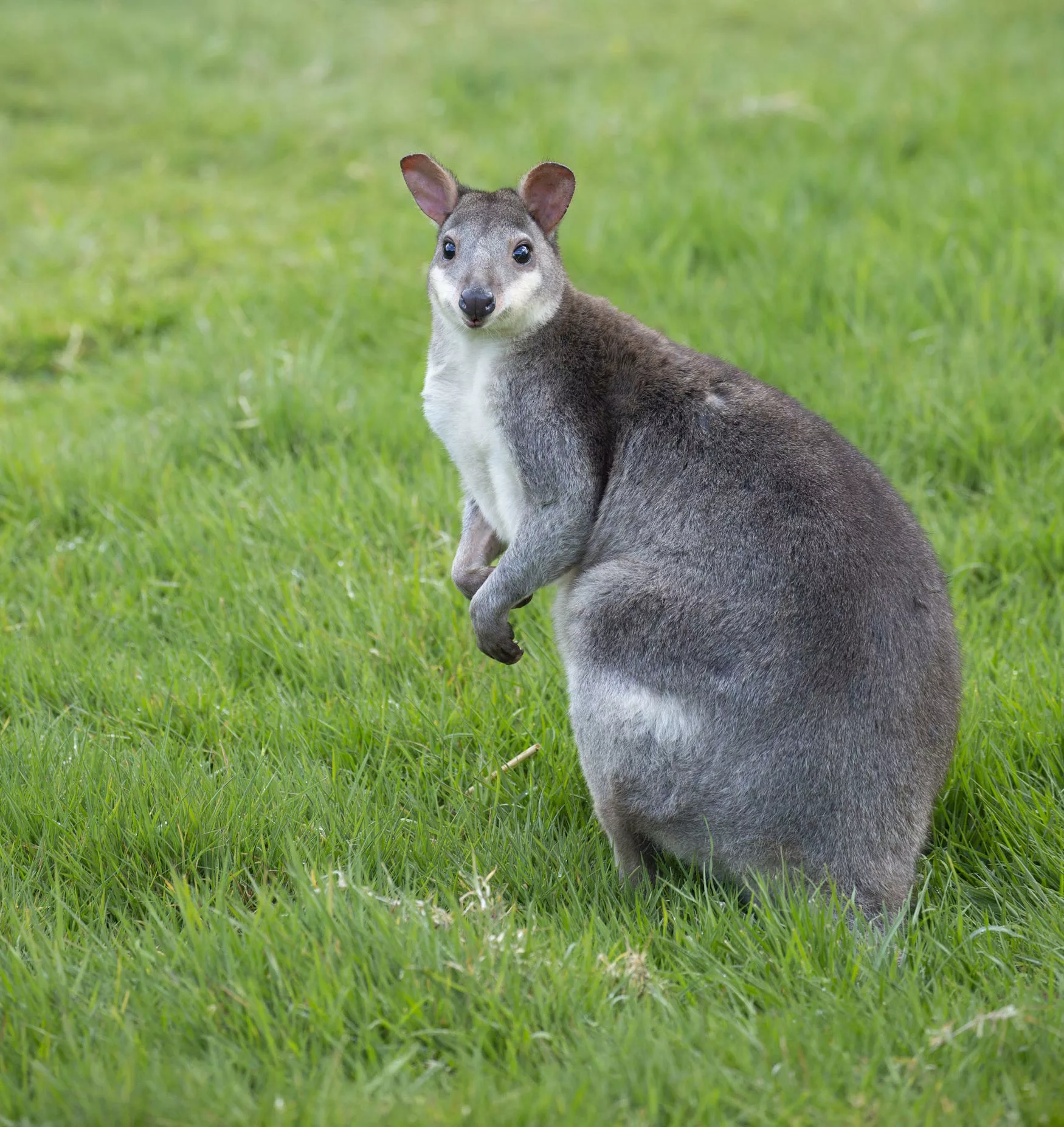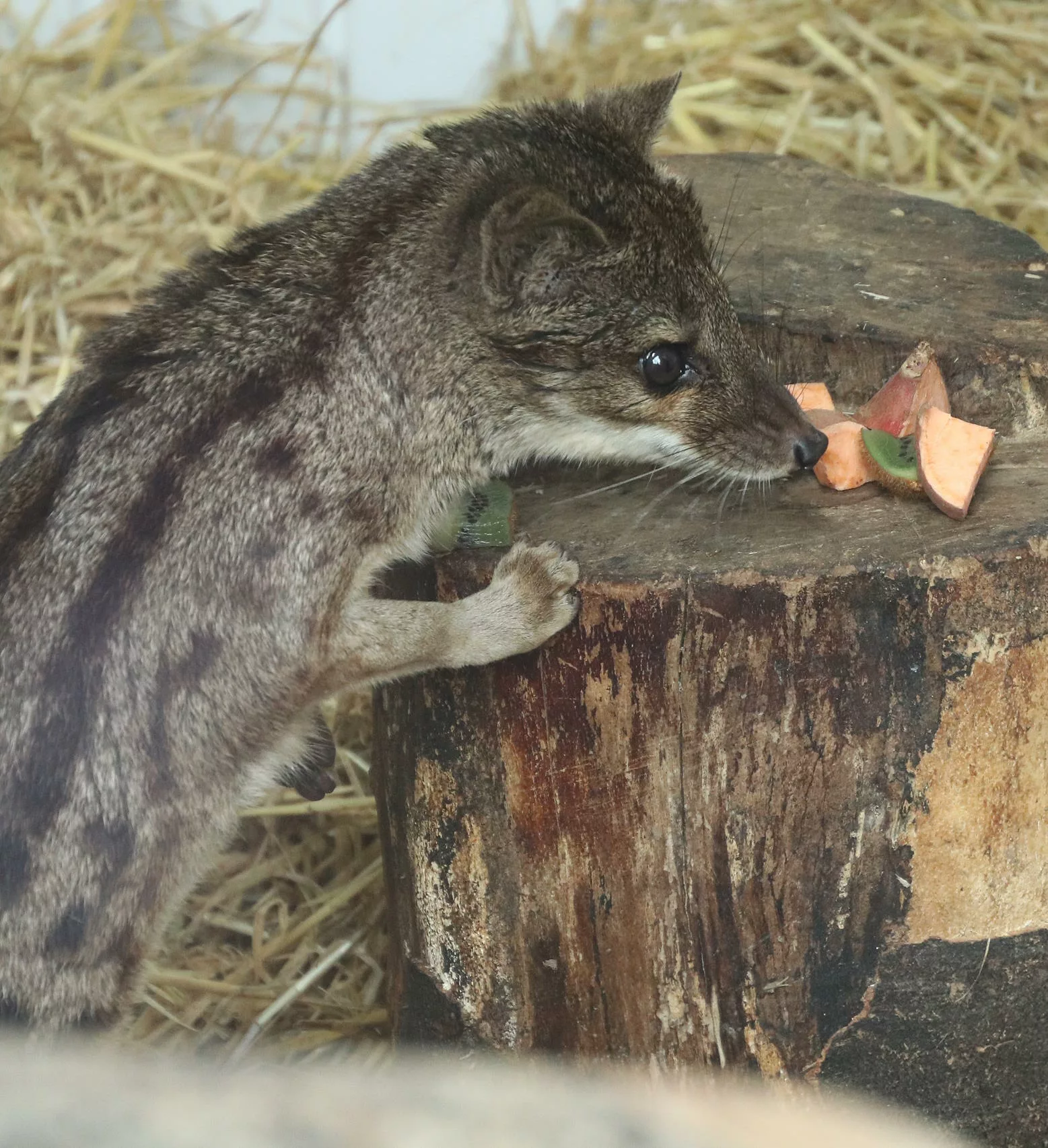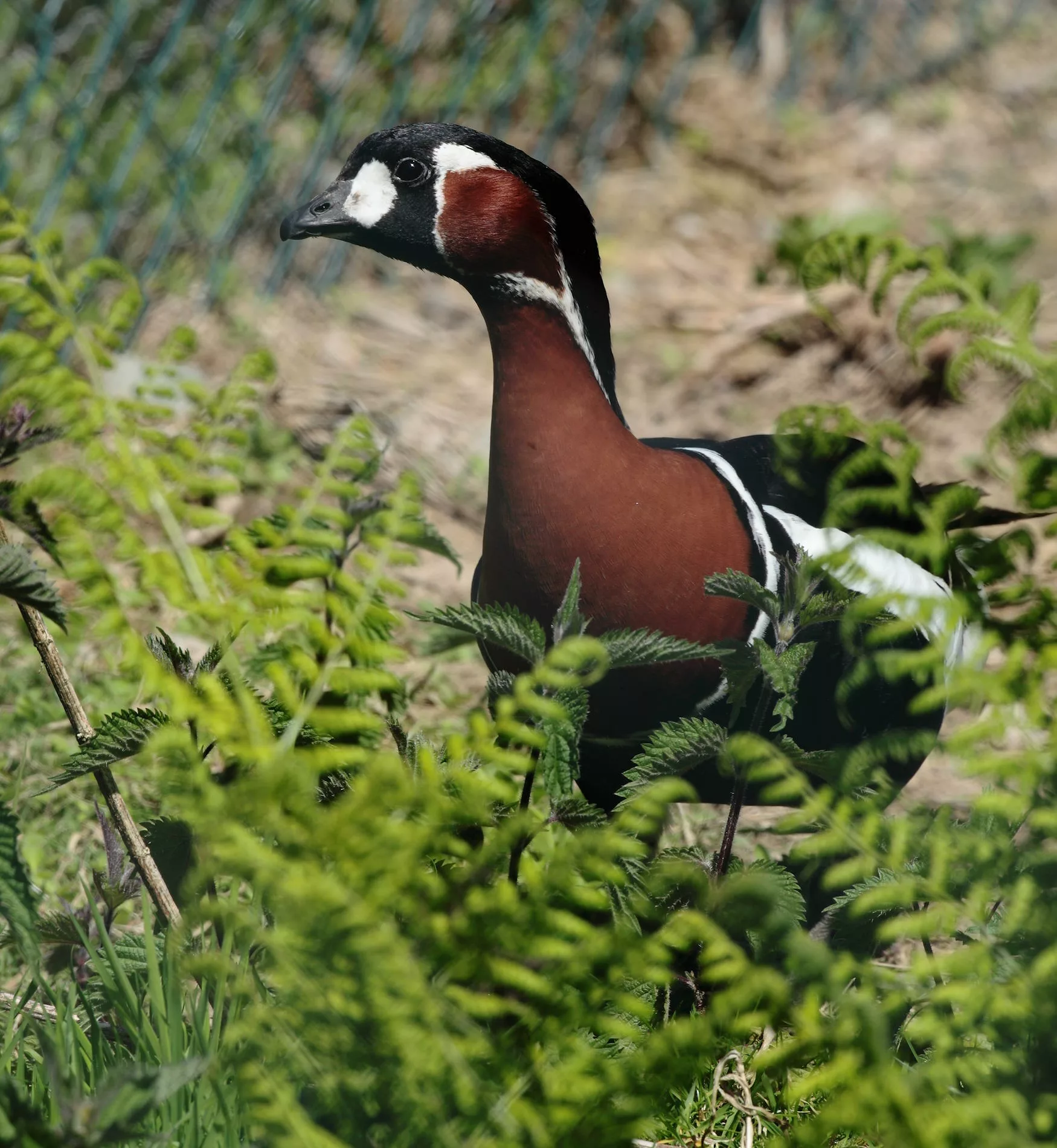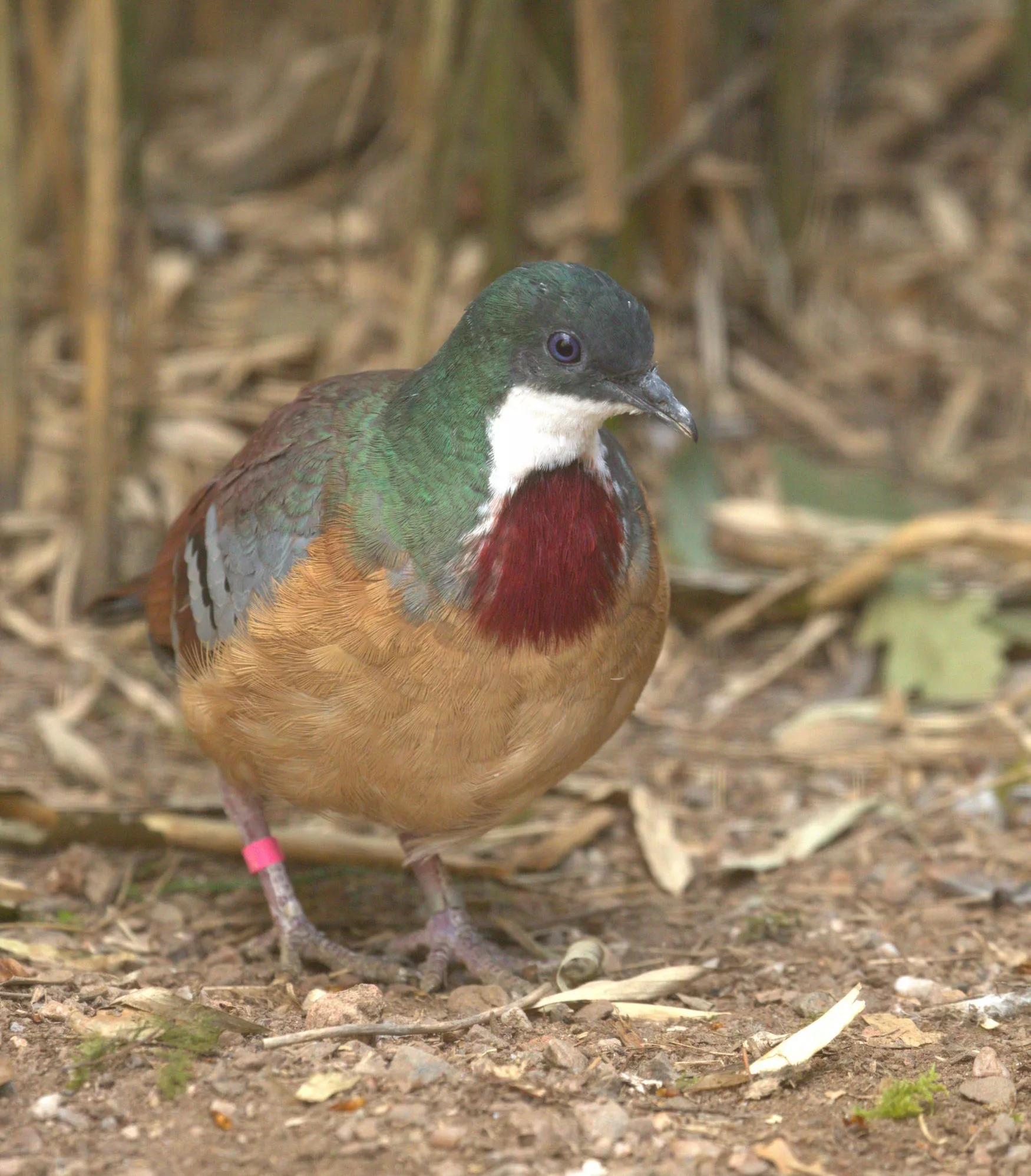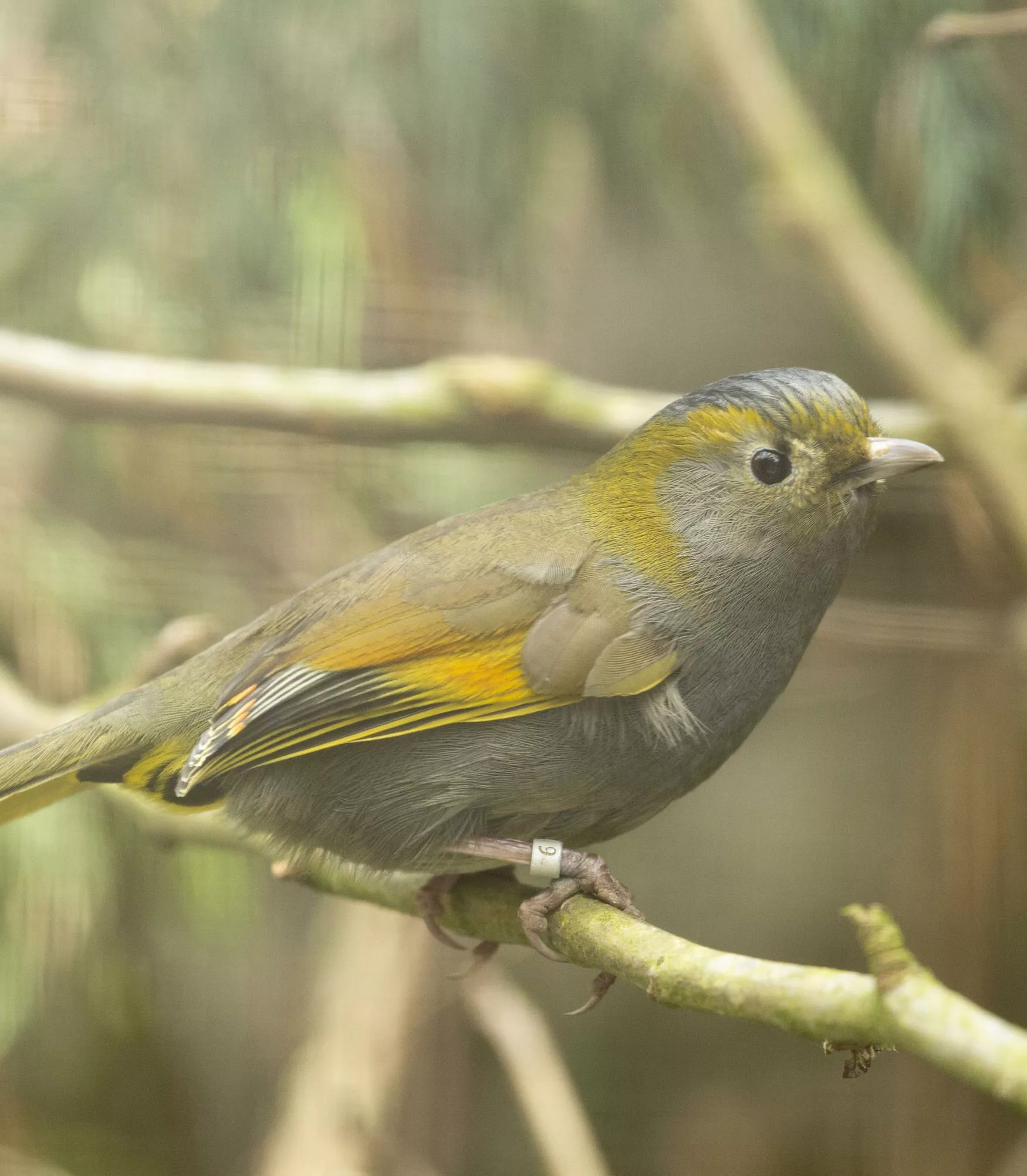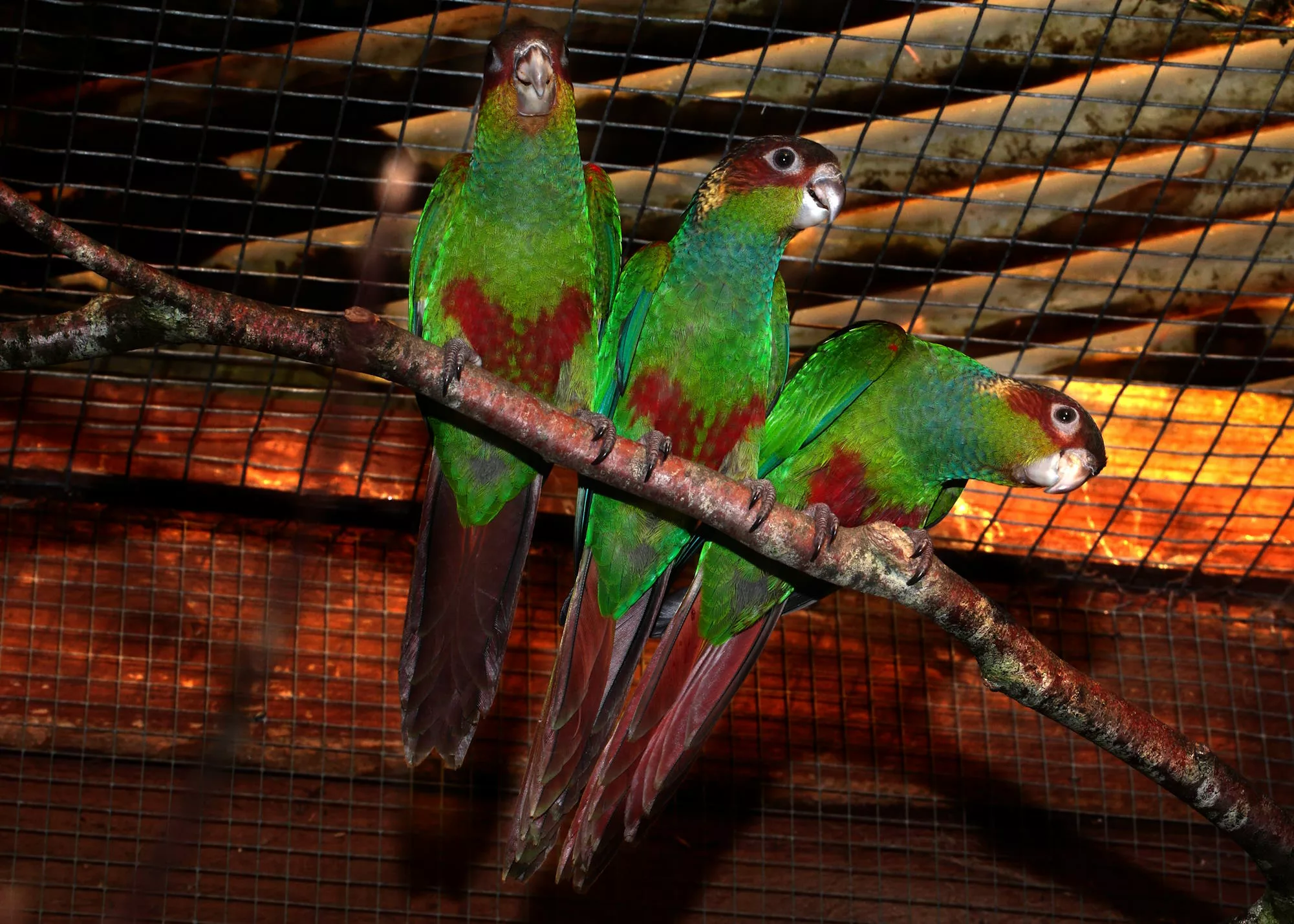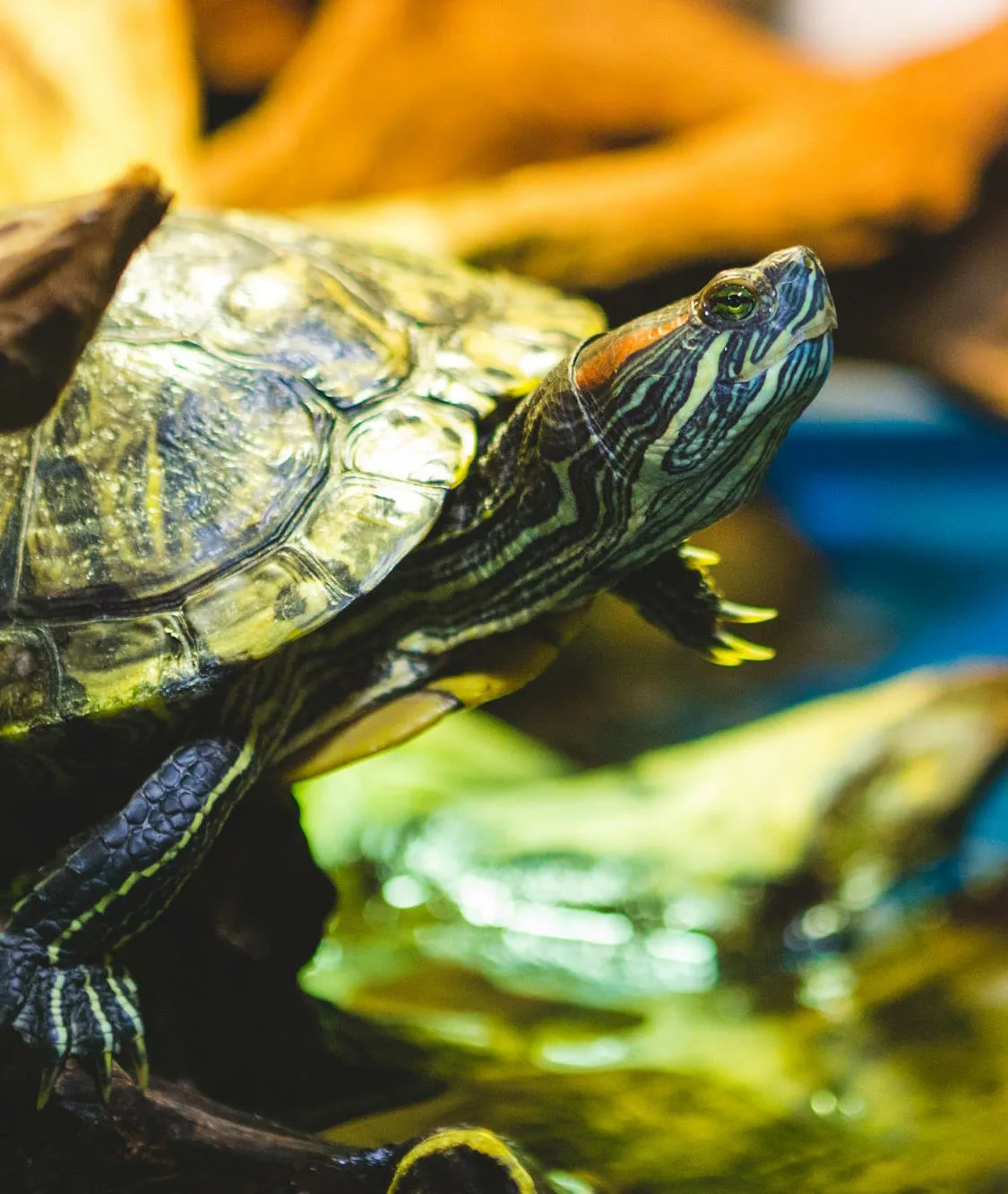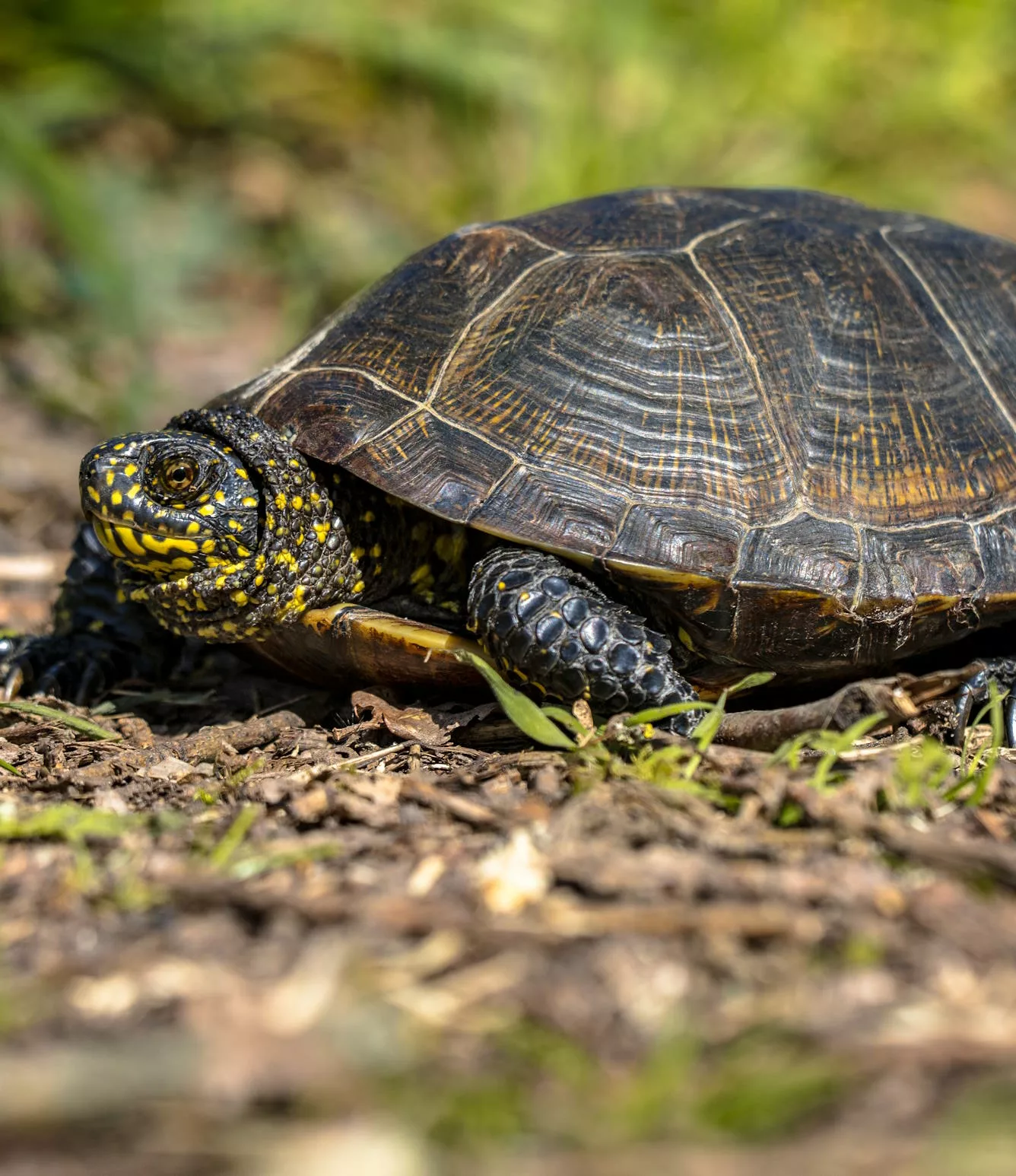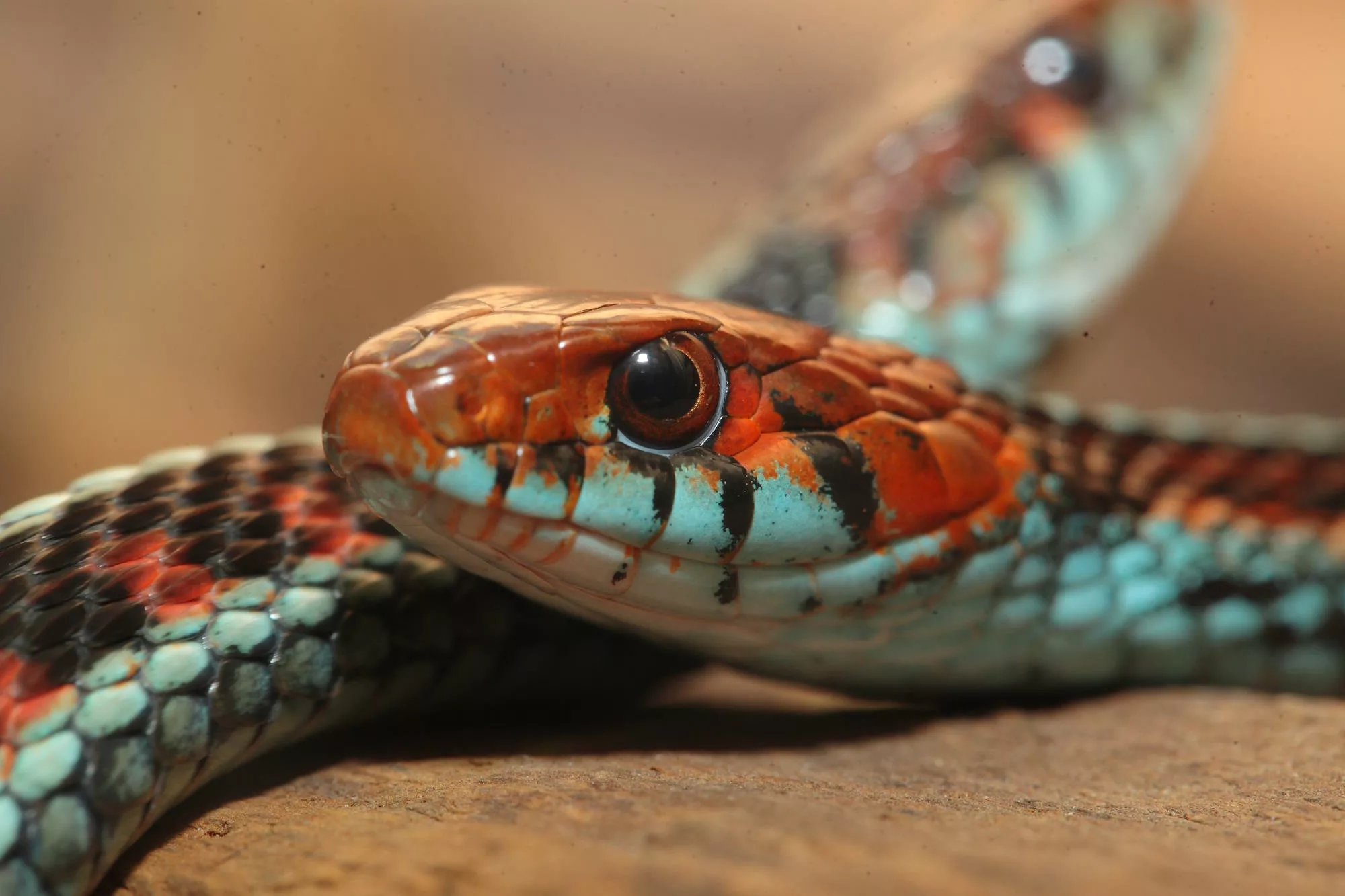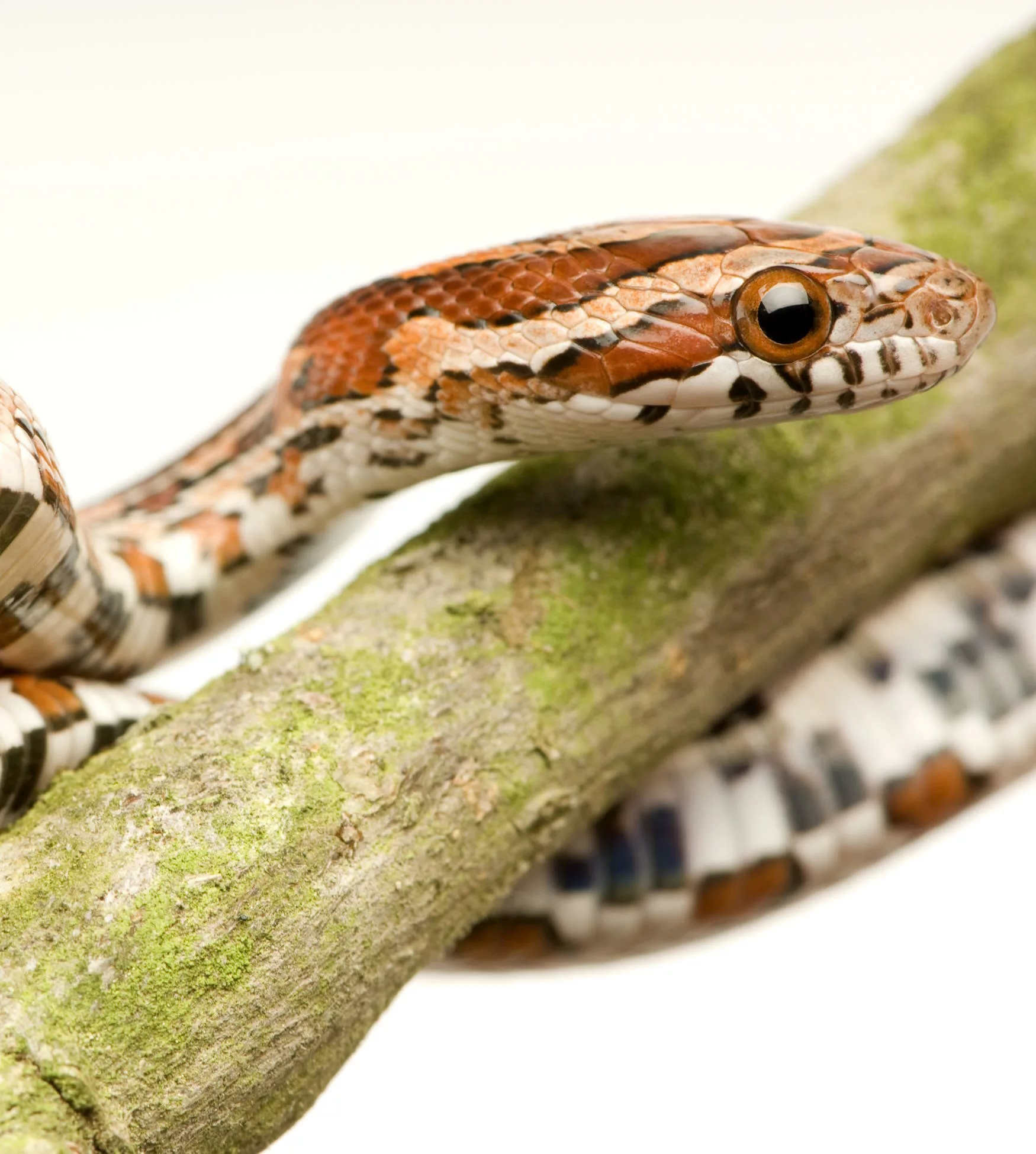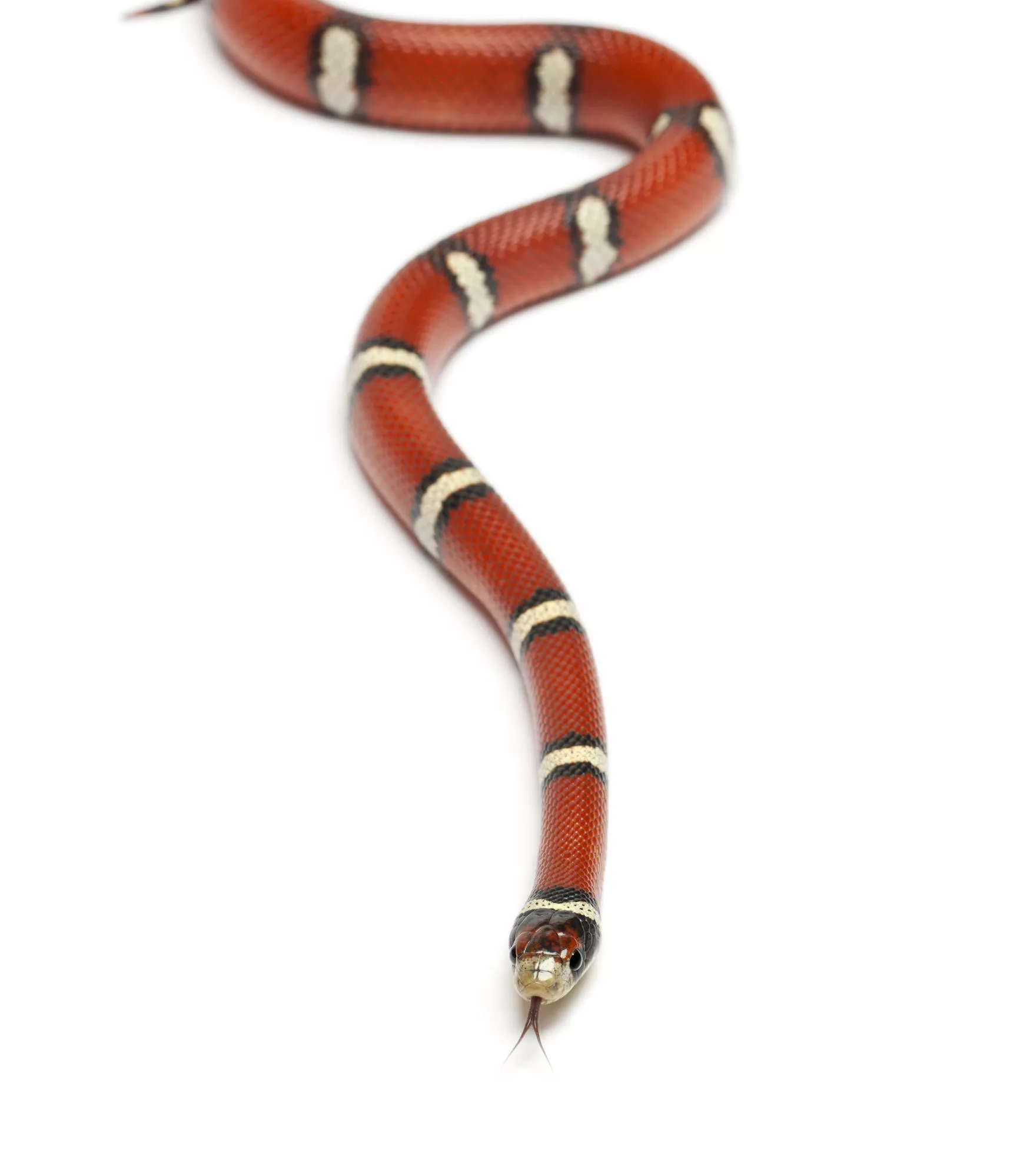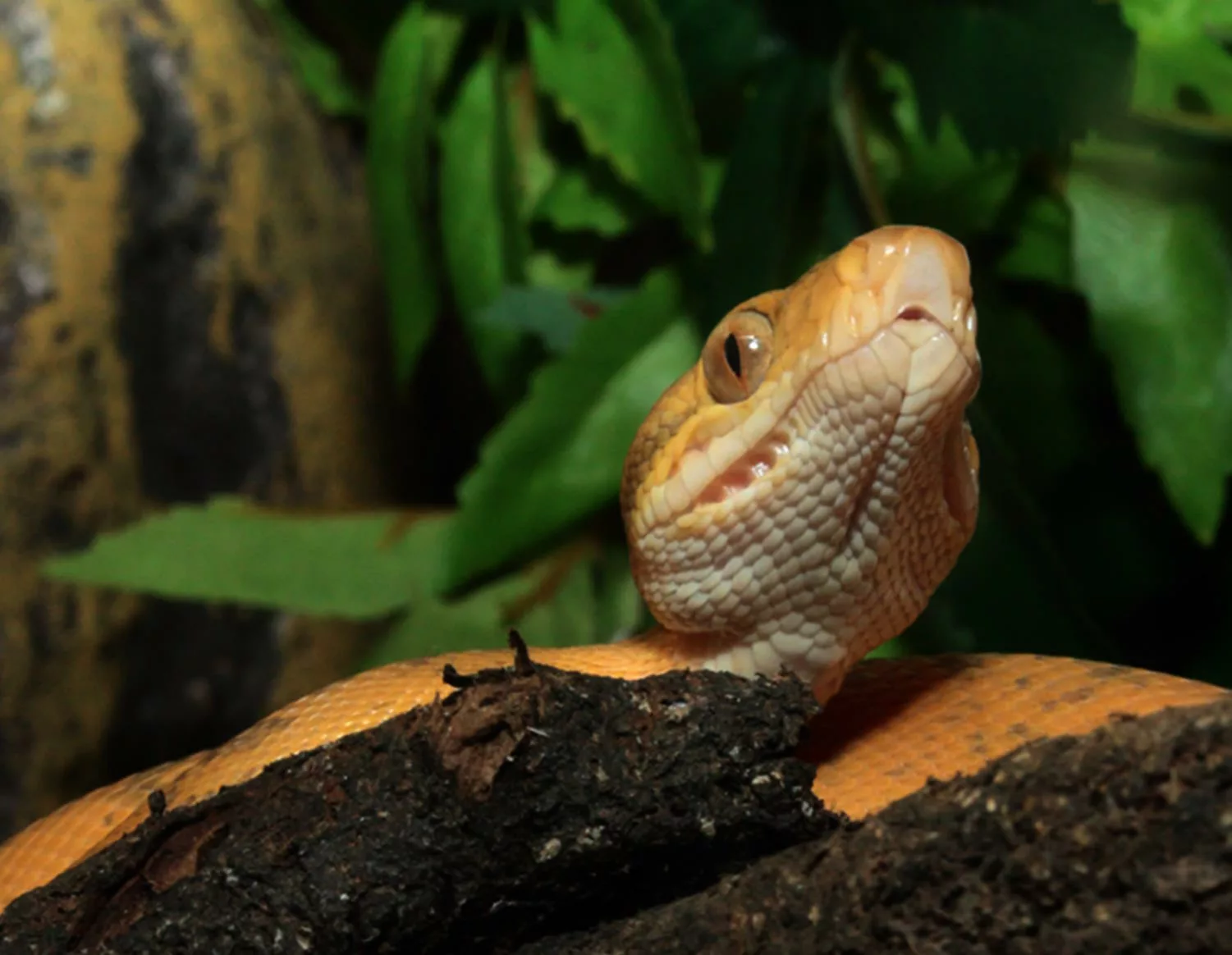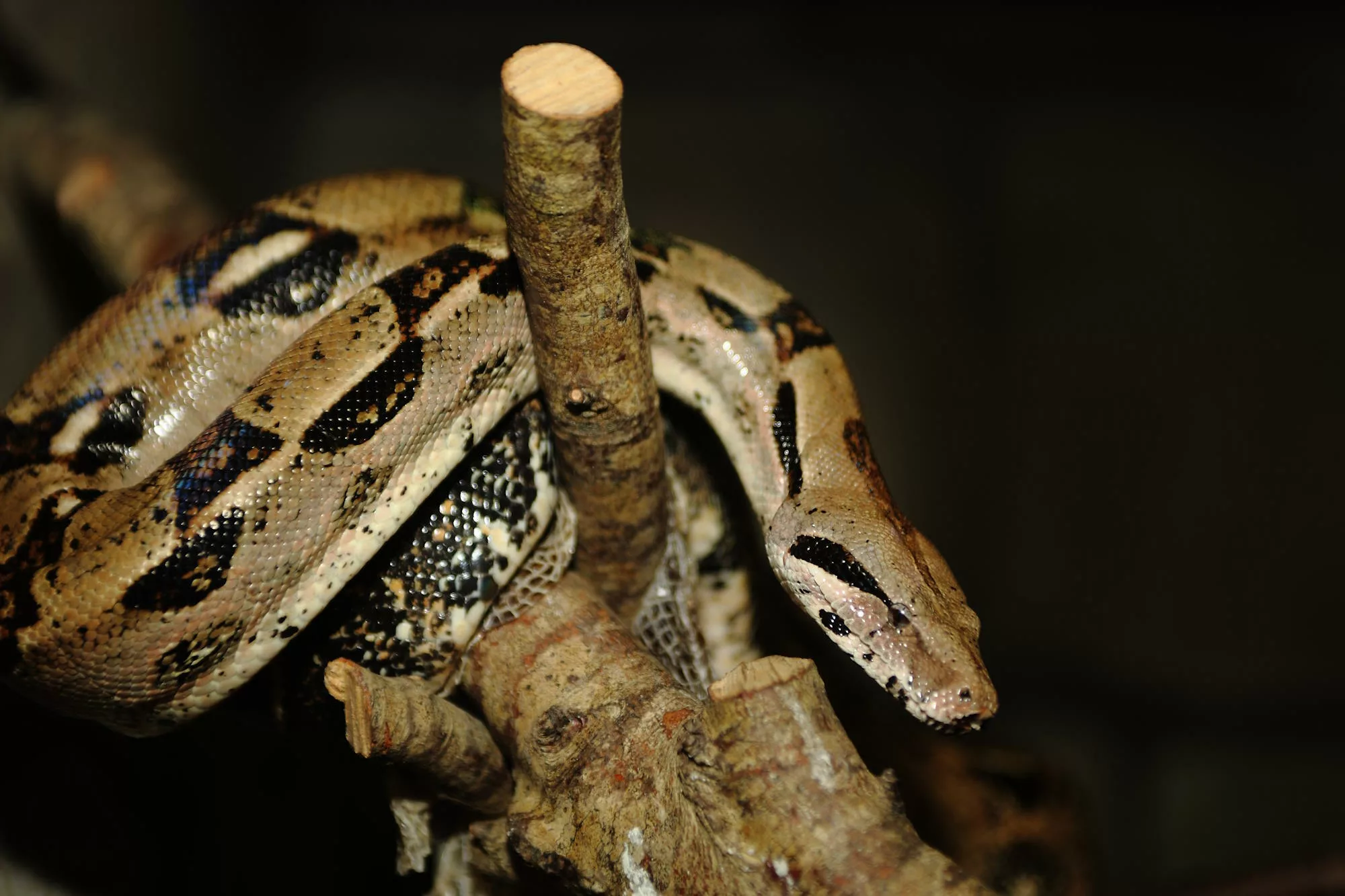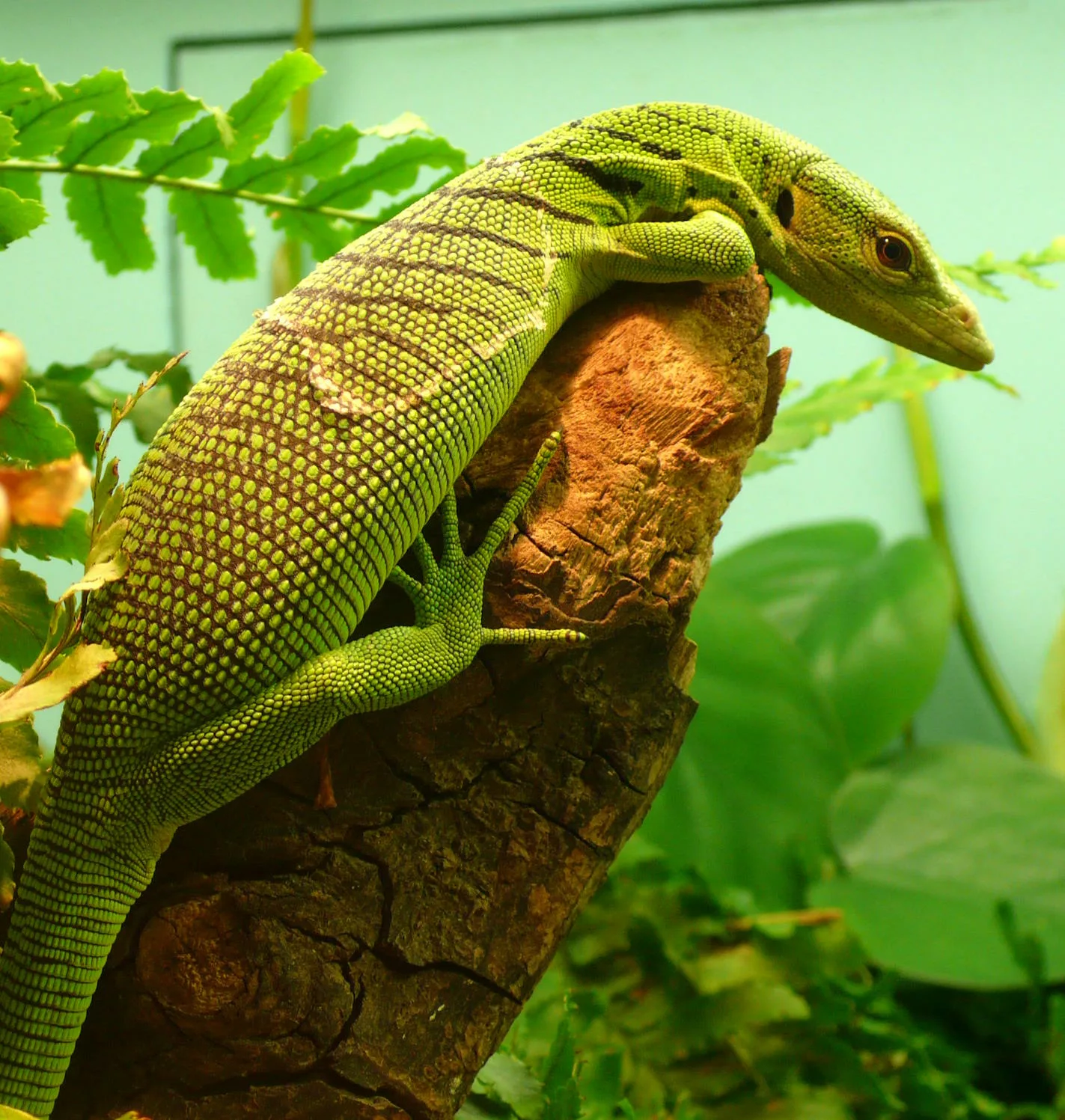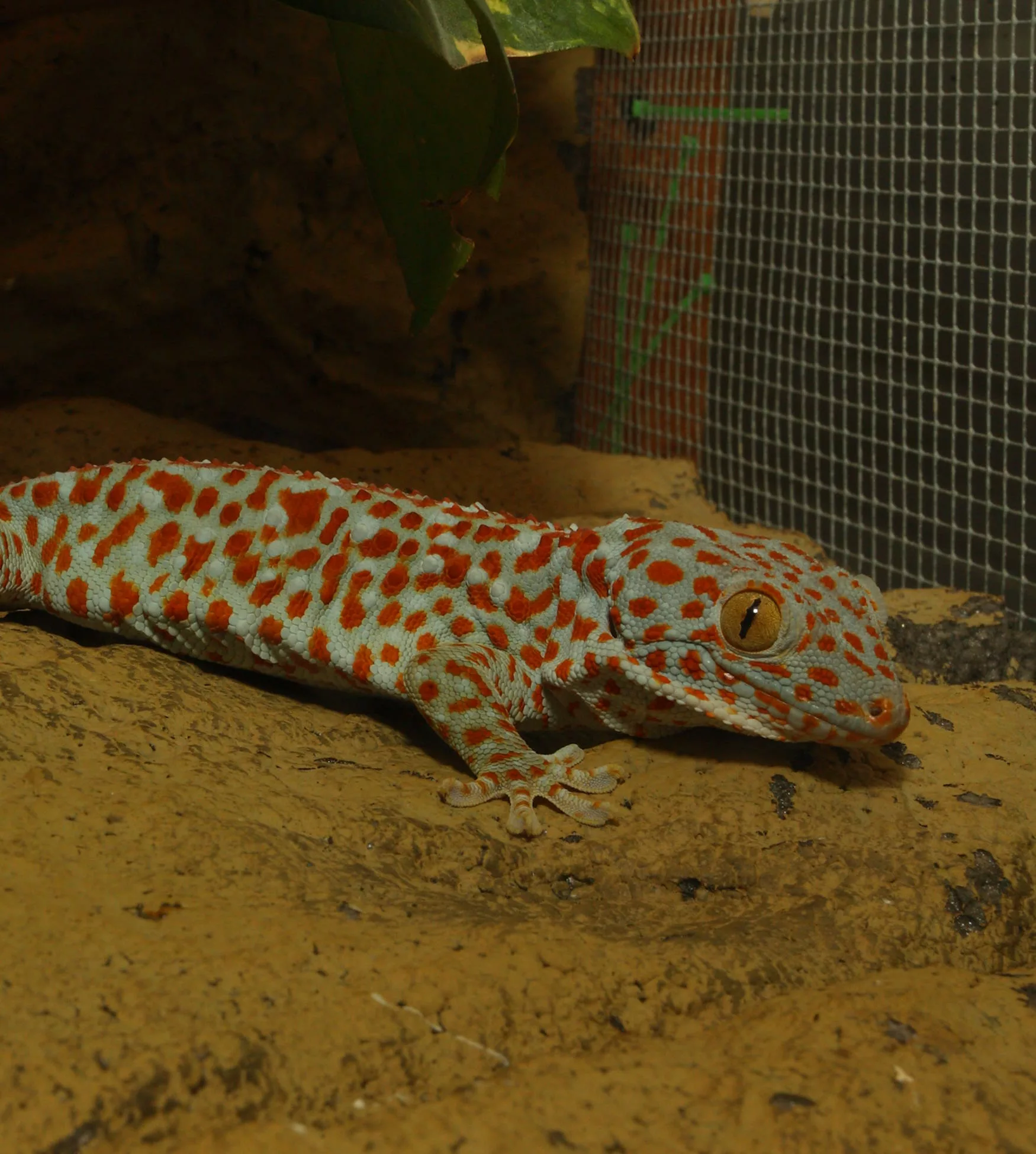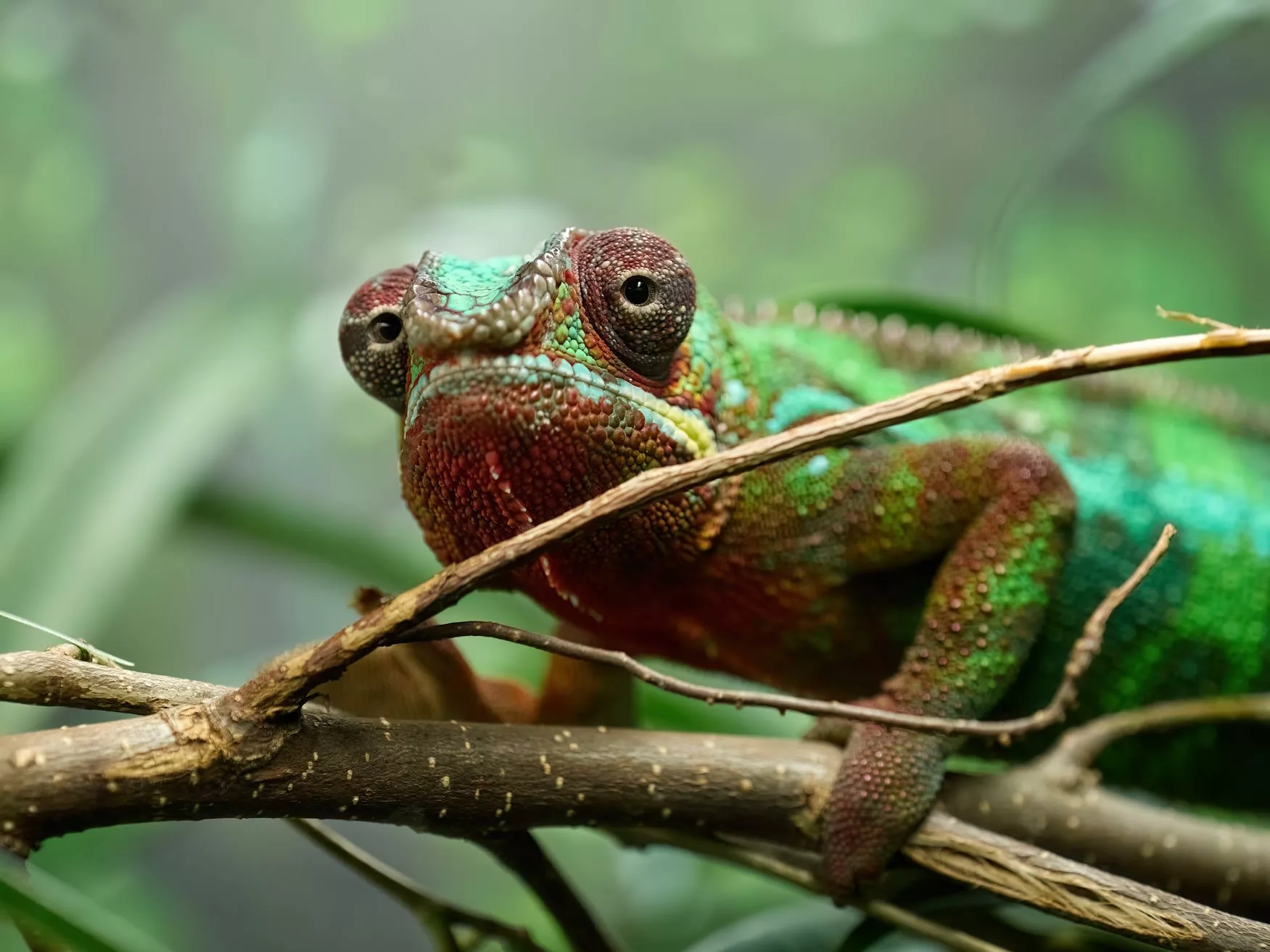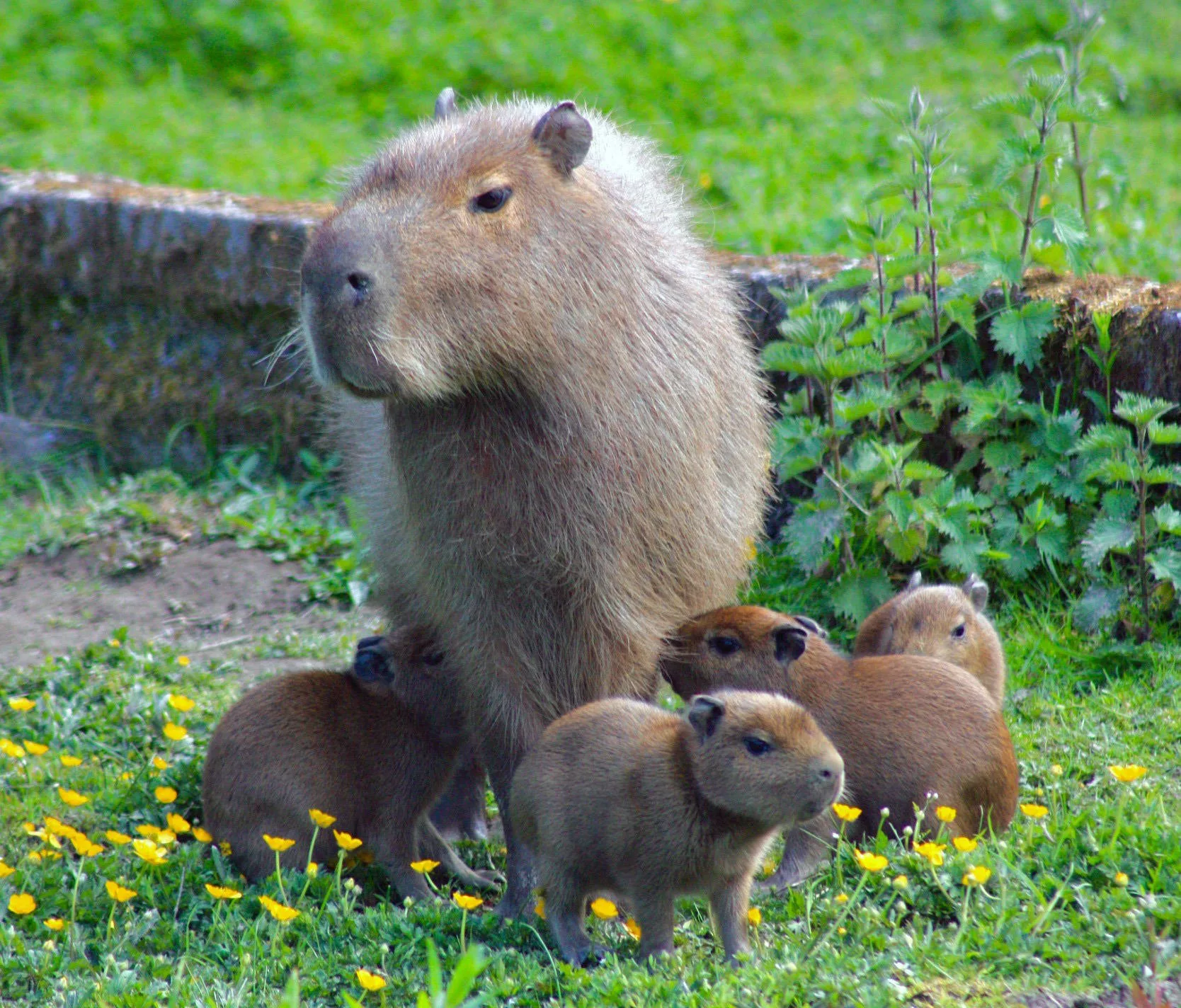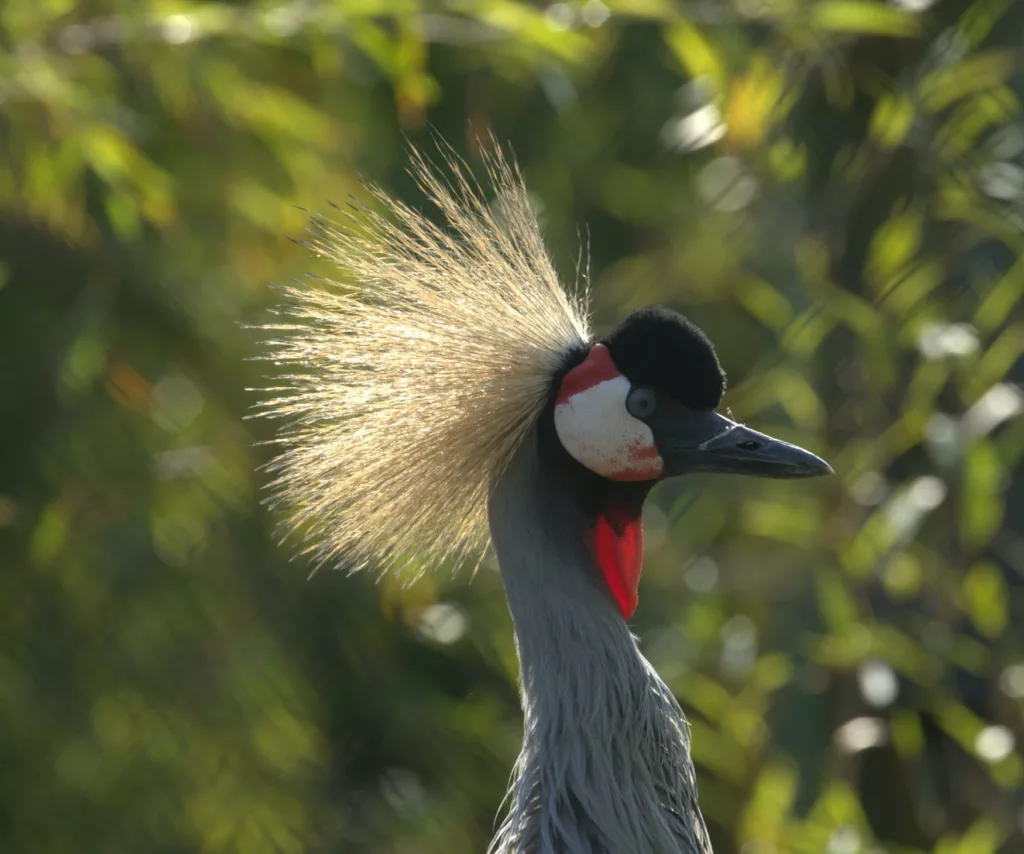
Grey crowned-crane
Scientific name: Balearica regulorum
IUCN listed as: Endangered
Learn before you visit!
Here are some facts about the species – Discover what they eat, find out about their natural habitat, see what they like to do, and more… Set the reading style to suit you too, everyday speak or something aimed towards children.
Child-friendly
Everyday
Diet
The Grey Crowned Crane has a diverse diet, primarily consisting of tips of grasses, seeds, and a variety of insects. It also consumes small vertebrates, such as amphibians and reptiles, and occasionally feeds on grains like groundnuts, soybeans, maize, and millet. This omnivorous diet allows the crane to adapt to various environments and food availability. Foraging mainly occurs in wetlands and grasslands where food sources are abundant. They often use their long legs and toes to stir up insects and small animals from the ground.
Grey Crowned Cranes eat grass tips, seeds, and insects. They also munch on small animals like frogs and reptiles and sometimes eat grains like maize and millet. They find their food in wetlands and grasslands, using their long legs to stir up insects. This diet helps them stay healthy and strong.
Breeding
Grey Crowned Cranes are monogamous birds, typically forming long-lasting pairs. They engage in elaborate courtship displays that include dancing, bowing, and jumping. Breeding usually takes place during the wet season when food is plentiful. They build large nests in tall grasses or shallow water, where the female lays 2-5 eggs. Both parents share incubation duties, which last about 30 days, and they also share the responsibility of feeding and protecting the chicks once they hatch.
These cranes are very loyal and usually stay with the same partner for life. They dance to show they like each other, and the female lays 2-5 eggs in a big nest. Both parents take turns sitting on the eggs and feeding the chicks. The chicks hatch after about a month and grow quickly with their parents’ help.
Habitat
Grey Crowned Cranes inhabit various wetland and grassland habitats across eastern and Southern Africa. They are commonly found in marshes, riverbanks, and open grasslands where they have access to water and abundant food resources. These cranes prefer habitats with shallow water for nesting and feeding. However, they are highly adaptable and can also be seen in agricultural fields and pastures. Despite their adaptability, habitat destruction and degradation pose significant threats to their survival.
These cranes live in wetlands and grasslands in Africa. They like places with shallow water and lots of food. They can also live in farms and fields. Their homes are in danger because people are changing the land.
At the zoo
In captivity, Grey Crowned Cranes are a common feature in many zoos worldwide due to their striking appearance and conservation status. Zoos provide them with large, naturalistic enclosures that include water bodies and grassland areas to mimic their natural habitat. Their diet in zoos is carefully managed to include a mix of grains, fruits, and protein sources to ensure nutritional balance. Zoos play a crucial role in educating the public about these endangered birds and participate in breeding programs to help increase their population. These programs are essential for maintaining genetic diversity and supporting reintroduction efforts.
In zoos, Grey Crowned Cranes live in enclosures that look like their natural home. They eat a balanced diet of grains, fruits, and protein. Zoos help protect these cranes by breeding them and teaching people about their importance. Breeding programs in zoos help keep the crane population healthy.
Behaviour
Grey Crowned Cranes are known for their elaborate and energetic courtship dances, which involve coordinated movements such as bowing, jumping, and flapping their wings. They are also highly vocal, using a variety of calls to communicate, including a distinctive booming call that can be heard over long distances. These cranes are diurnal and spend their days foraging in flocks, although they may roost in trees at night due to their unique hind toe, which allows them to grasp branches. Their behaviour is vital for maintaining social bonds and ensuring successful breeding.
Grey Crowned Cranes are famous for their fun dances, which they do to impress each other. They make loud calls to talk to each other and can sleep in trees thanks to a special toe. They spend their days looking for food with their friends and need each other to stay safe and raise their babies.
Fun facts
- Crowned Beauty Grey Crowned Cranes have a crown of stiff golden feathers on their heads, making them look royal.
- Dancing Birds They perform amazing dances to attract mates, involving jumping, bowing, and wing flapping.
- Vocal Communicators Their calls are loud and can be heard over long distances, helping them stay in touch with their flock.
- Tree Roosting Unlike most cranes, they can roost in trees due to a special toe that helps them grip branches.
- Endangered Status They are endangered due to habitat loss and illegal trade, making conservation efforts crucial.
- Fancy Feathers These cranes have a fancy crown of golden feathers on their heads.
- Dance Shows They do cool dances with jumping and flapping to show off for their partners.
- Loud Calls Their loud calls help them talk to their friends from far away.
- Tree Sleepers They can sleep in trees because they have a special toe for gripping branches.
- Need Help They are in danger because their homes are disappearing, so we need to protect them.
More animals to discover at our zoo
Quick Links
Tickets & Prices
You can buy tickets for Exmoor Zoo securely online, as well as finding out more price options, discover offers, and more…
What’s on…
Exmoor Zoo hosts incredible Events all through the year. You can find out about what we’ve got in store here…
Routes & info
Like any great discovery, Exmoor Zoo can feel a little off the beaten path – but don’t worry – you can plan your journey with our recommended routes and other useful travel info.
